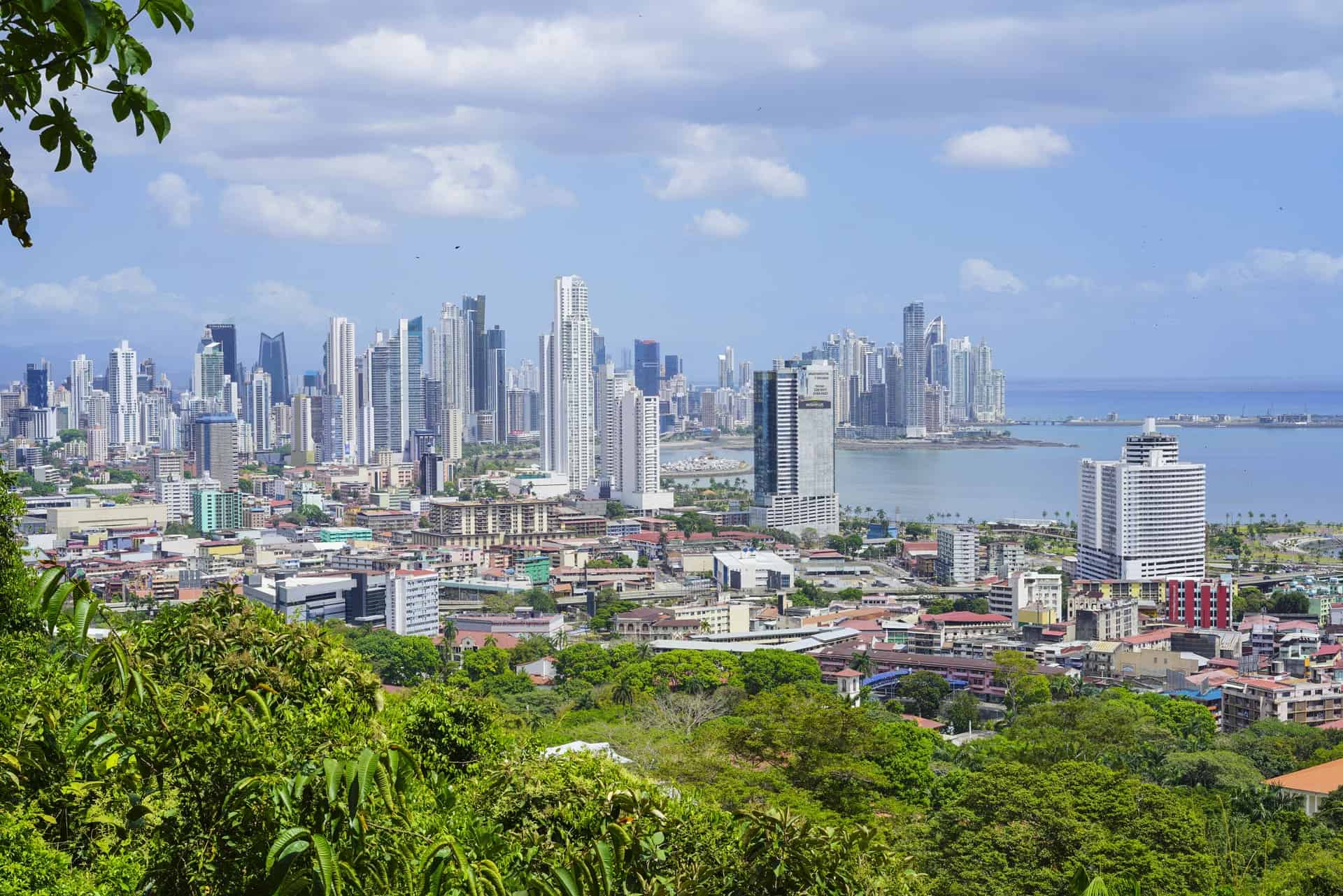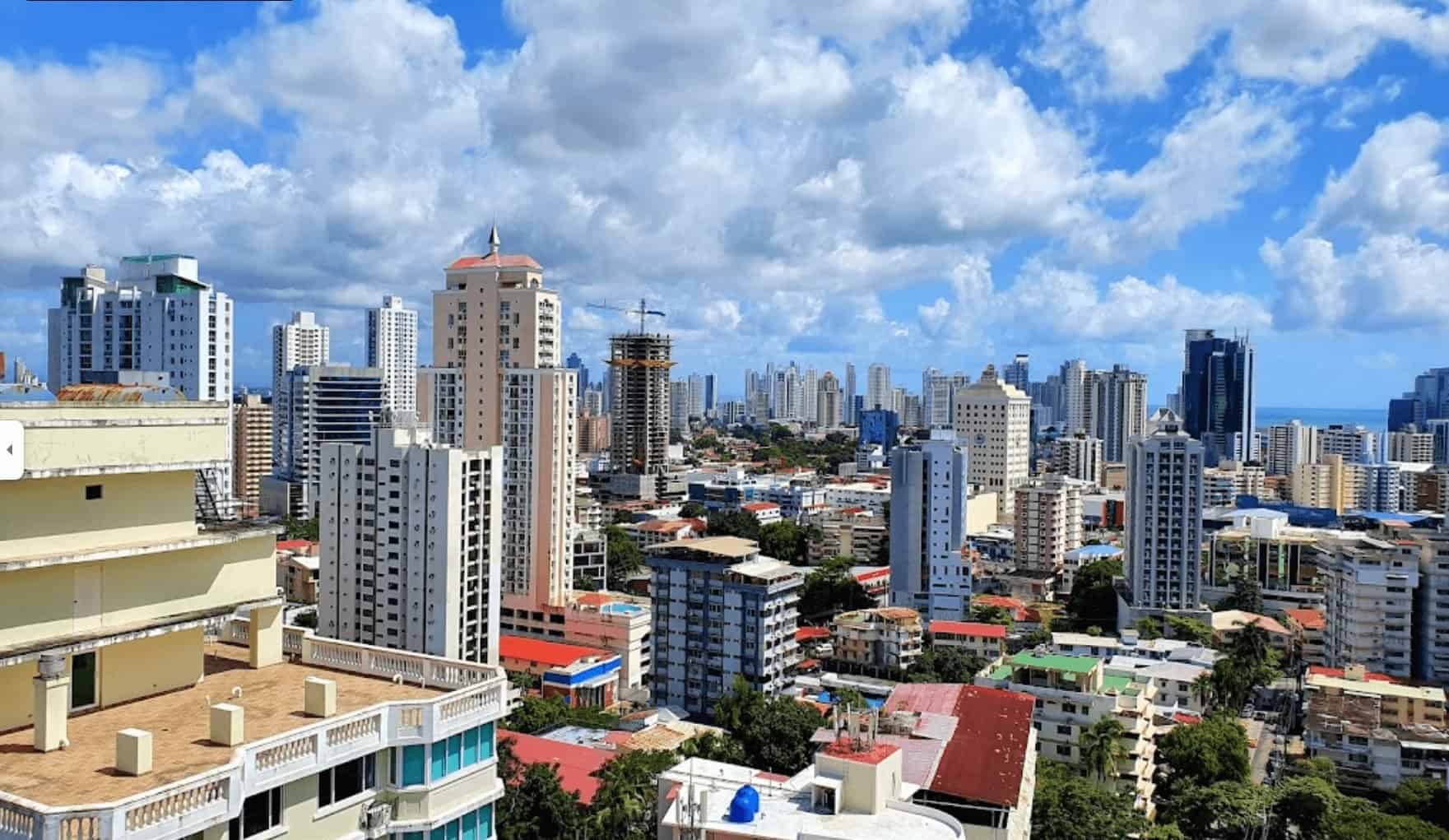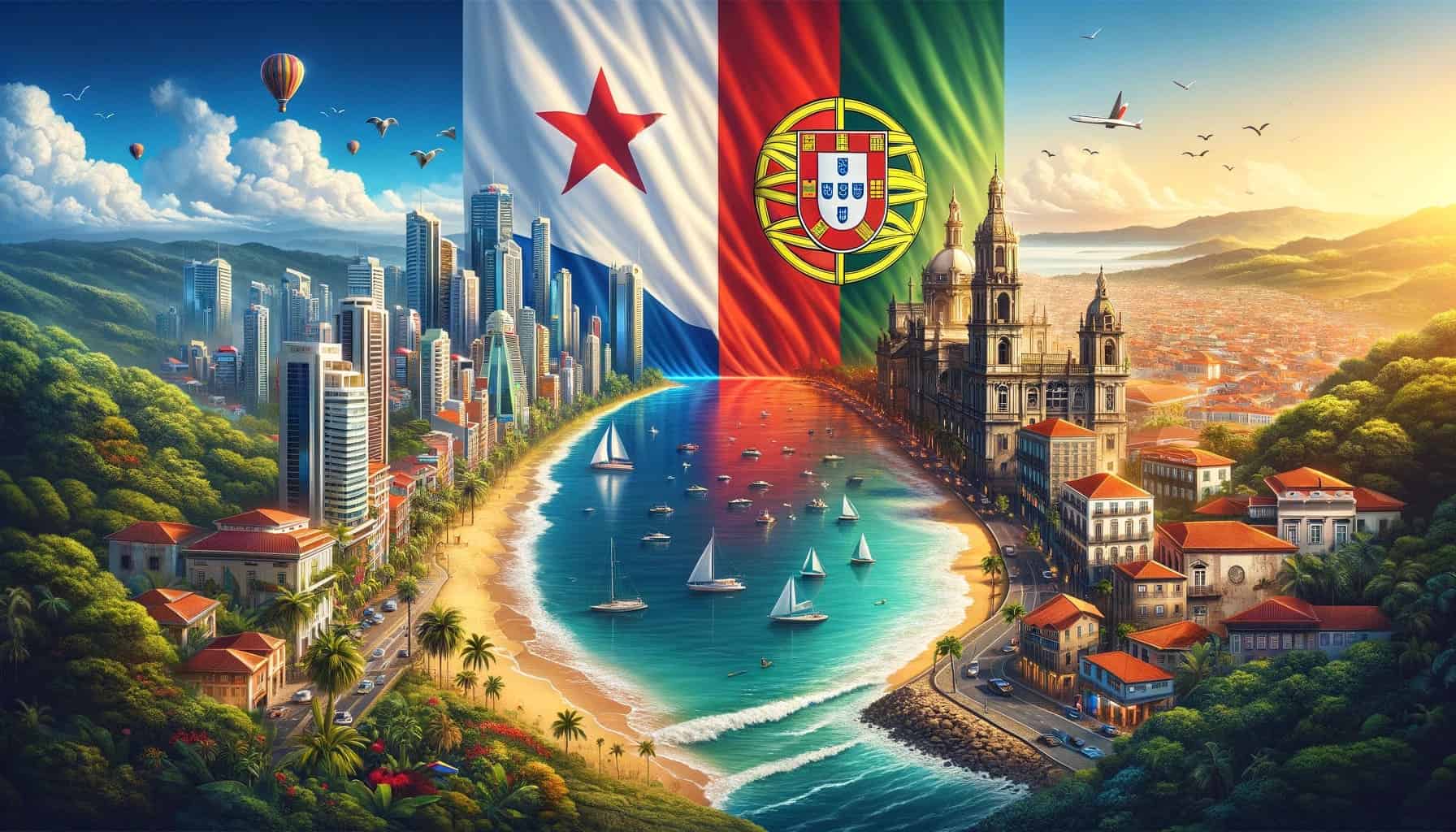If you’re interested in trying your hand at renovating and reselling properties in Panama for profit, then this is the guide for you. We’ll go over the key strategies tailored for success in Panama’s unique real estate market, from getting started to estimating costs and potential earnings. Whether you’re an experienced investor or brand new to property flipping, you’ll learn about financing, renovations, and important final considerations to help decide if this investment approach fits your goals. Let’s dive into the details of flipping properties in Panama’s dynamic real estate scene!
- Flipping Properties in Panama
- Key Strategies for Real Estate Flipping in Panama
- Steps in Starting a Property-Flipping Business in Panama
- Estimating Costs and Potential Profit
- Financing Options for Investors
- Renovations and Selling: Making the Most Out of Your Investment
- Risks and Requirements: Navigating Challenges
- Considerations in Property Flipping in Panama
- Conclusion
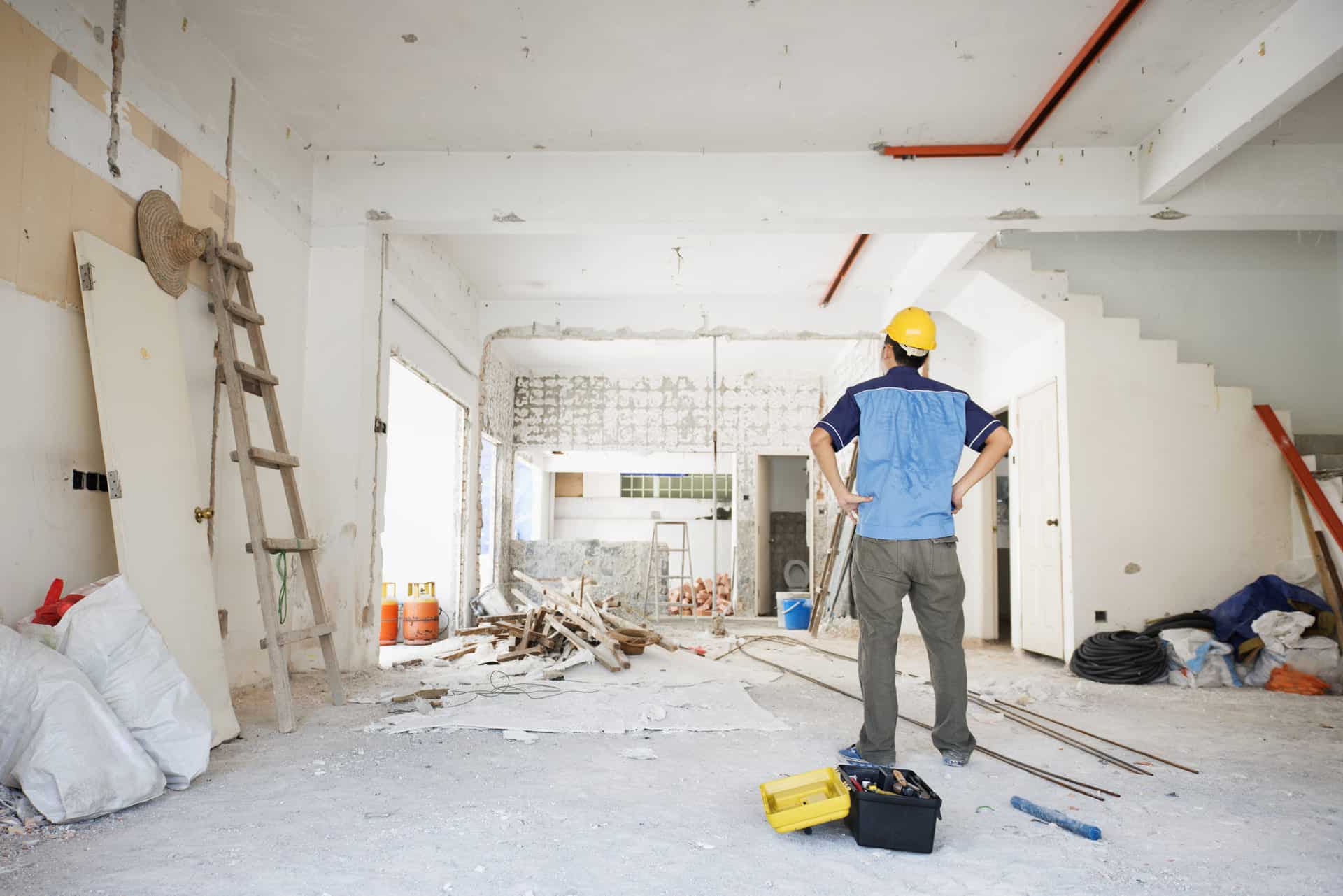
Flipping Properties in Panama
“House flipping,” which involves purchasing a property with the intent to renovate and resell it quickly at a higher price, has emerged as a profitable investment strategy. This approach can be particularly rewarding for both residential and commercial properties and can offer significant profit potential.
Residential Properties
Flipping houses in the residential sector has proven to be a solid investment approach. In Coronado and Bocas del Toro, there is a growing market for remodeled homes, making the purchase and renovation of residential properties for resale a profitable venture. The success lies in selecting houses that need upgrades, executing effective renovations, and selling them at a higher value.
Commercial Real Estate
The commercial real estate market in places like Doleguita, Chiriqui, is booming, presenting a prime opportunity for property flipping. Specifically, buildings that are around 60 years old and in need of updates can be transformed into office spaces or commercial venues. With the rising demand for commercial premises in the area, strategically renovating these properties can meet the needs of both new and established businesses, making it a promising investment.
Key Strategies for Real Estate Flipping in Panama
By employing the right approach, conducting in-depth research, and making smart upgrades, this investment strategy has the potential to turn into a solid stream of revenue in Panama’s dynamic property market. Below are the tactics investors should adopt to succeed in real estate flipping.
- Thorough Investigation
Achieving success in flipping real estate depends on meticulous investigation. Identifying properties that have the potential to increase in value, examining market dynamics, and grasping the requirements of Panama’s local market are essential actions for pinpointing lucrative ventures.
- Enhancing Residential Value
For residential properties, enhancements that appeal to prospective buyers, such as updated kitchens and bathrooms, can significantly elevate the property’s value. For commercial properties, transforming them into modern and functional offices or commercial spaces is key.
- Pricing and Sales Strategies
Determining a competitive price for the property is critical for profit maximization. Evaluating the property’s worth after improvements and implementing strong marketing tactics are vital for securing a favorable sale or lease agreement.
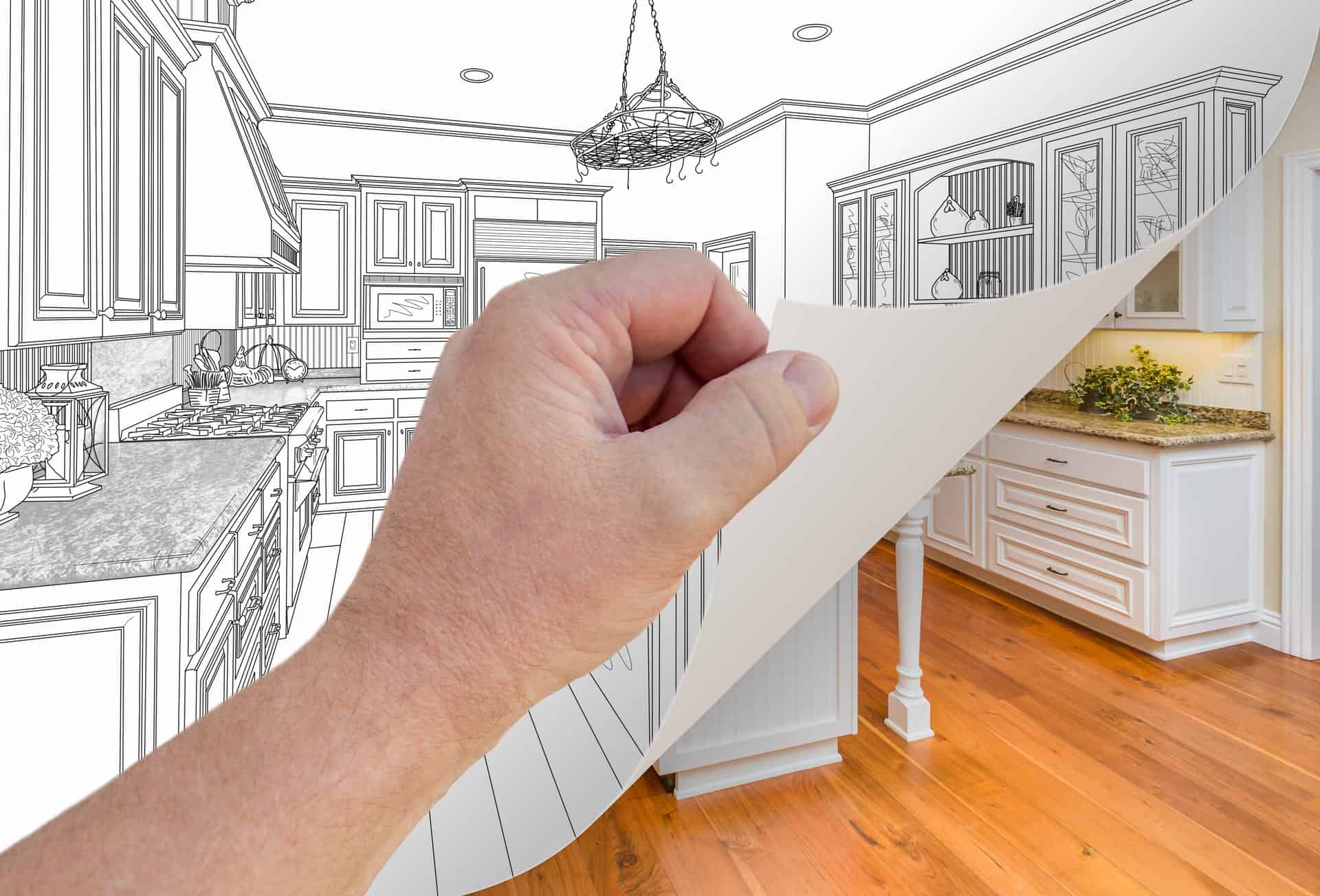
Steps in Starting a Property-Flipping Business in Panama
To give you an idea of how the process works, there are a few steps you will always take when flipping any property. We laid out a brief overview of those steps to help you visualize the entire property flipping process. Understanding the sequence of steps can boost your confidence, helping you prepare and strategize effectively:
- Establish a Financial Plan
Initiating a property flipping venture necessitates a well-defined budget and a detailed business strategy. This strategy should outline the mission, objectives, financial forecasts (including anticipated expenses and profits), analysis of the market, examination of competitors, and a strategy for marketing the flipped property.
- Obtain Financing for the Flip
Acquiring the necessary funding to finance a property flip is crucial, as it provides the financial backing needed for the venture.
- Select a Suitable Property within Your Financial Reach
The real work kicks off with finding a property that aligns with your financial limitations and investment criteria. Aim for properties sold under market value, such as those in distress or foreclosure, as they are more promising for a profitable return.
- Plan and Implement Renovations
After securing a property, the focus shifts to planning and carrying out renovations. A deep understanding of the current market trends is essential to ensure renovations appeal to potential buyers. It’s important to engage a seasoned general contractor and dependable suppliers to oversee the renovation phase efficiently.
- Market and Sell the Renovated Property
The concluding phase involves marketing and selling the renovated property. Employing a professional staging service can significantly enhance the property’s appeal to prospective buyers. Effective selling techniques may include advertising on property listing websites or collaborating with real estate brokers.
Estimating Costs and Potential Profit
The initial expenditure in flipping a property is its acquisition cost, which represents the majority of the investment. The expense of renovations can greatly fluctuate based on the state of the property and the required repairs’ magnitude. In Panama, renovating a home costs in average between $15,000 and $100,000 and the renovation costs can also be greatly affected by the property’s location, with higher costs often seen in more populated areas. Labor costs are also subject to significant variation, influenced by the level of professional expertise. Holding expenses, such as financing, property taxes, insurance, and utilities, accumulate over time until the property is sold and should not be overlooked. The return on investment (ROI) is influenced by factors such as the market conditions, the property’s neighborhood, the interest rate on your loan, and the repair costs incurred on the flipped property. The ROI on a renovated property is calculated based on the acquisition cost, renovation expenses, and either the selling price or the rental income achieved after renovations. The “70% rule” is a commonly applied principle, suggesting that investors should purchase a property for no more than 70% of its post-repair value, minus the cost of repairs, to estimate its profitability potential. Adhering to this rule, maintaining a disciplined budget, and setting an appropriate selling price can lead to a profitable flipping venture.
Financing Options for Investors
When it comes to financing options for property flipping, there are several choices available to investors. These include:
- Cash-out refinance: This option involves securing a new mortgage on an existing property at a higher amount than the original mortgage, allowing the borrower to obtain additional funds reflecting the property’s appreciation.
- Seller Financing: Increasingly favored for its flexibility over conventional bank loans, this approach allows sellers to provide loans with negotiable terms, often mirroring prevailing bank rates but with shorter durations.
- Hard money loans: These are short-duration loans frequently utilized for real estate investments, backed by the actual property being acquired.
- Private money loans: Sourced from individual lenders or entities, this route offers adaptable funding solutions for property flipping endeavors.
- Local Bank Financing: In Panama, banks extend mortgage loans to both citizens and foreigners, subject to certain criteria and limitations. For example, foreign borrowers may receive up to 70% financing of the property’s buying price, capped at a 25-year repayment period.
While offers in cash might seem appealing to sellers, there are financing alternatives for individuals aiming to invest in property flipping. It’s crucial to carefully assess every choice and select the financing route that best matches the unique requirements and objectives of the project.
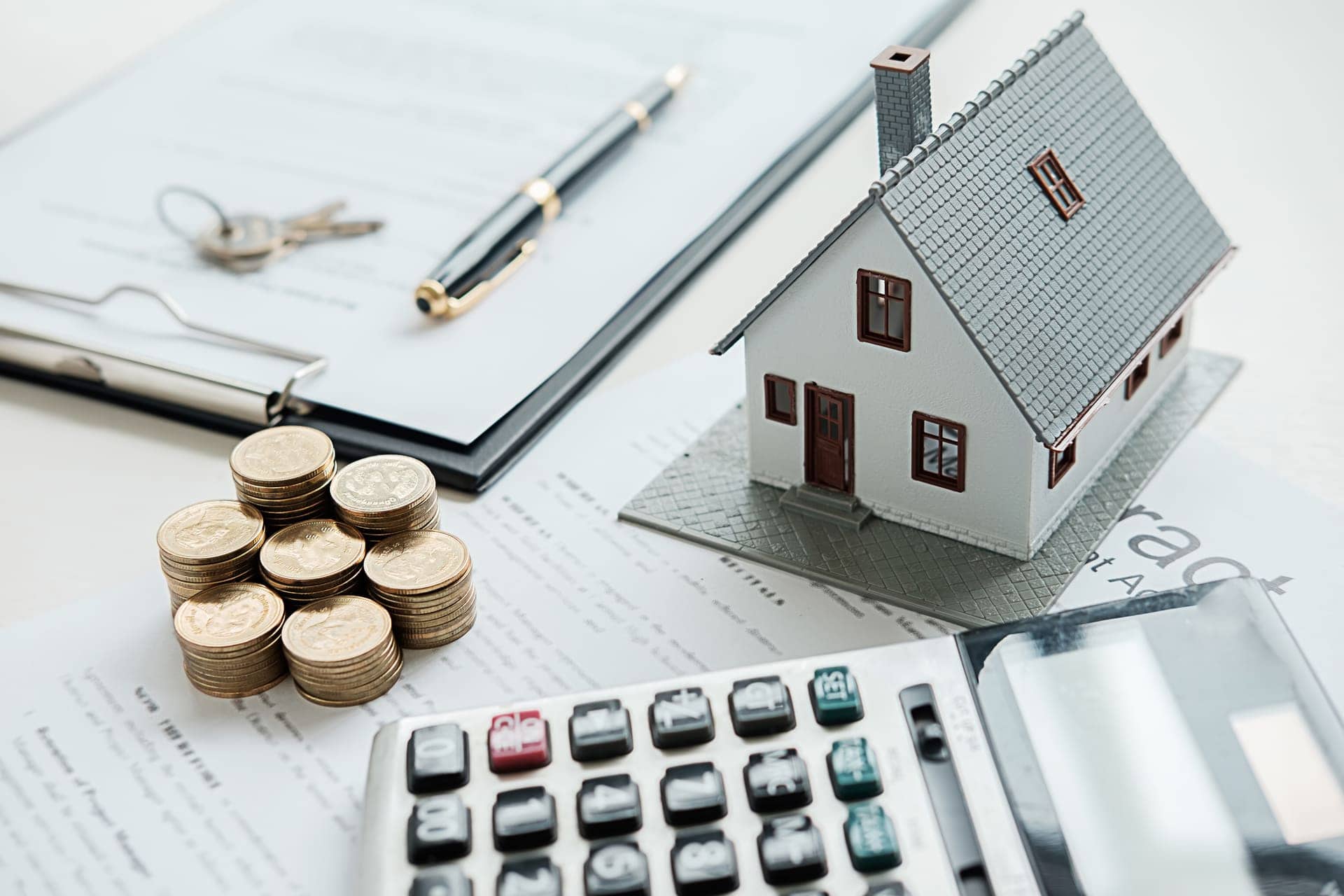
Renovations and Selling: Making the Most Out of Your Investment
Budgeting for repairs and renovations is important and should be prepared for potential delays or unforeseen issues that may arise during the renovation process. When renovating a property for flipping, it is important to follow tips and tricks that can maximize the return on investment:
- Begin with less complicated projects: For first-time flippers, starting with a smaller, less complex project can help minimize risks and build experience.
- Implement the 70% rule: By ensuring that the combined cost of acquisition and renovations stays below 70% of the property’s post-repair market value, flippers can safeguard their investment.
- Consider location: Properties situated in sought-after areas, such as Casco Viejo in Panama, generally draw more interest from buyers and can be sold for a premium
- Avoid excessive renovations: Finding the right balance in upgrading the property to appeal to buyers while avoiding lavish improvements that do not significantly boost the property’s value is key.
When selling the property, engaging a real estate agent with expertise in flipped properties can offer critical insights and improve the prospects of a fast and lucrative sale. Although flipping houses comes with its share of risks, thorough planning, diligent research, and strategic implementation can minimize these risks and pave the way for a successful property flip.
Risks and Requirements: Navigating Challenges
House flipping entails a distinct set of risks and prerequisites that demand careful consideration. Common pitfalls include underestimating the temporal and financial resources essential for renovations, overestimating one’s expertise, and lacking the patience and discernment necessary for investment decisions. Various risks associated with house flipping comprise:
- Financial Risks: House flipping necessitates a substantial capital investment, with the looming possibility of failing to recoup the investment or yield a profit.
- Time and Effort: The process of flipping houses is often labor-intensive, demanding direct involvement in overseeing renovations and sales.
- Market Volatility: The real estate market is inherently unpredictable, subject to fluctuations that can impact the profitability of a flip.
- Renovation Challenges: Unexpected hurdles during the renovation phase, such as structural issues or permit delays, can escalate costs and prolong the timeline.
- Tax Implications: House flipping can trigger tax consequences, underscoring the importance of understanding tax laws and seeking guidance from tax professionals.
Considerations in Property Flipping in Panama
In assessing potential properties for flipping, it’s essential to weigh various elements to ensure a profitable outcome. As an investor, evaluating the current real estate market in Panama and the demand for refurbished properties in that locale is crucial. Aim to purchase a home at a cost that leaves room for profit once renovation expenses are accounted for.
- Estimation of renovation expenses: Calculate the costs required for fixing and upgrading the property.
- Holding expenses: Account for the financial implications of maintaining ownership of the property during its renovation. This includes property taxes, insurance, and utility bills.
- Projected selling price: Identify an ideal selling price by analyzing current market dynamics and comparing similar property sales in the vicinity.
- Market competition: Gauge the competition level with other property flippers and strategize on how to differentiate your property.
- Personal experience and expertise: Reflect on your capability and knowledge in managing renovations and overseeing projects.
Conclusion
In conclusion, diving into the world of renovating and flipping properties in Panama offers a wealth of opportunities for savvy investors. From understanding key strategies and financing options to navigating renovation challenges and assessing final considerations, this comprehensive guide equips you with the knowledge needed for success. Whether you’re drawn to the allure of Panama’s vibrant real estate market or seeking to expand your investment portfolio, the insights provided here empower you to make informed decisions and capitalize on the potential of this dynamic landscape. Embrace the journey ahead, and let the possibilities of Panama’s real estate market unfold!

